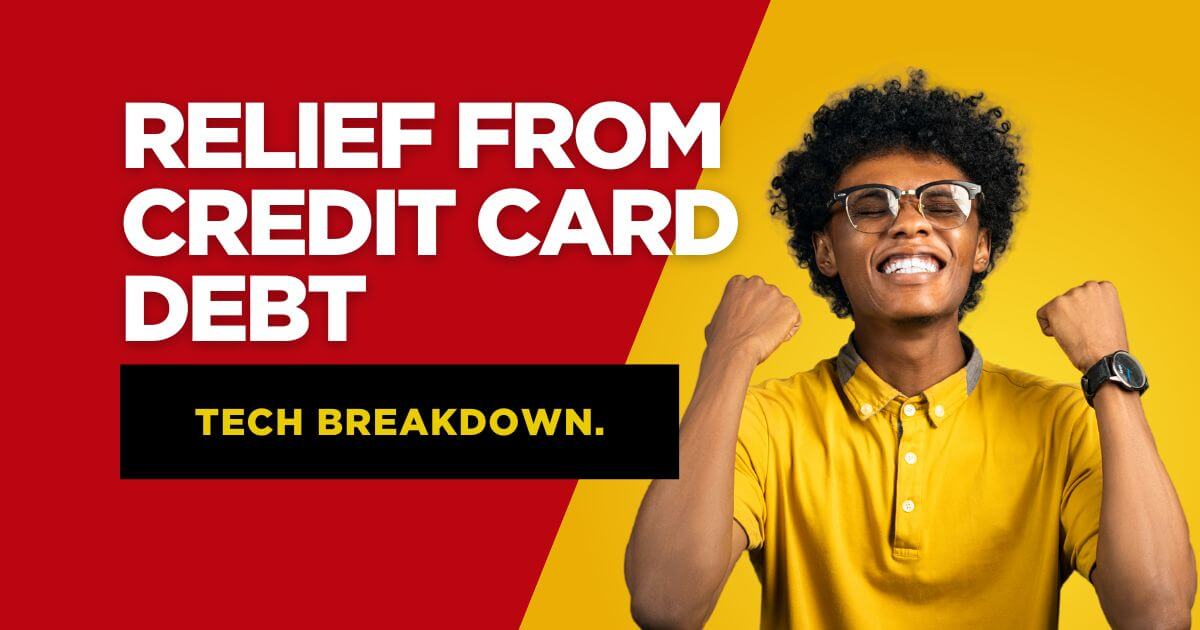
4. Programs for Debt Resolution: Expert Help
Debt resolution programs provide regimented assistance for educators buried in debt. These consist in debt settlement and credit counseling, both with different strategies.
Nonprofit organizations bargain with creditors to reduce interest rates or waive fees, therefore generating a Debt Management Plan (DMP). One monthly payment made by teachers to the agency is sent to debtors.
Monthly fees ($20-$40) and setup fees ($25-$50) comprise the cost.
The benefit is debt paid in full over three to five years; no credit score impact.
Often by thirty-to fifty percent, a corporation works with creditors to lower the overall amount owing. Teachers save money in an escrow account then pay a flat sum.
Typically, fees account for 15% to 25% of the enrolled debt.
Credit score declines from missing payments; resolved debt stays on records for seven years.
Debt Resolution Programs Comparison
| Program | Cost | Debt Reduction | Credit Impact | Timeline |
| Credit Counseling | $20-$50/month | Interest/fees | Minimal | 3-5 years |
| Debt Settlement | 15%-25% of debt | 30%-50% | Significant decline | 2-4 years |
5. Do It Yourself Debt Reduction: Taking Control
Teachers can also seek independent credit card debt assistance. Two well-liked techniques are:
- Pay off smallest balances first for rapid gains, then roll payments into bigger bills.
- Target high-interest debt first to cut overall interest paid.
- Negotiate with credit card providers personally to ask for hardship plans or reduced rates. Many provide some short comfort, particularly for devoted consumers.
Customized Plans of Action for Teachers
Seeking debt relief presents particular benefits and difficulties for teachers. This is how to maximize possibilities: Organizations like the National Education Association (NEA) sometimes form alliances with credit unions or lenders providing educator-specific loans at competitive rates.
Track expenditures, minimize non-essentials, and apply savings toward debt using a teacher’s salary as your basis. You can help using apps like Mint or YNAB.
For quicker debt reduction, side gigs such tutoring, summer school, or online courses could increase income.
Important Factors Affecting Path Choice
Consolidation and counseling help to maintain credit; settlement and bankruptcy damage it.
Unlike student loan forgiveness under PSLF, forgiven debt—e.g., by settlement—may be taxable income.
Evaluate income and credit history-based eligibility for loan relief for teachers or consolidating loans.
In essence, a road toward financial freedom
Debt from credit cards does not define a teacher’s financial path. Relief is within grasp whether through debt resolution programs, loan relief for teachers, or do-it-yourself techniques. Although government credit card debt alleviation initiatives are fiction, professional advice and indirect support help to alleviate the weight.
After assessing their debt, income, and objectives, teachers should decide on a course of action that fits their situation since people who shape our future should have debt-free tomorrow.
Start right now. List your debts, look at consolidation choices, or call a nonprofit credit counselor. Financial stability is a strategy ready to be used, not only a dream.






